There are several reasons why you may need to know to jump start a jeep. One of the most common situations is when your car battery dies due to long periods of inactivity, extreme temperatures, or simply old age. When this happens, you don’t want to be stranded with no way to start your jeep.
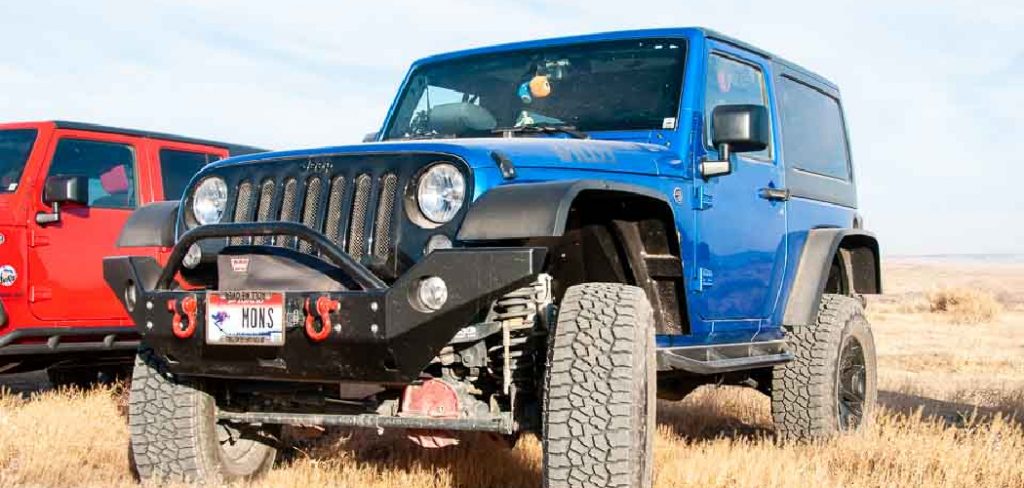
The main advantage of knowing to jump start a jeep is that you can quickly and easily get your car running again without having to wait for roadside assistance or find someone else with jumper cables.
Knowing to jump start a jeep can also save you money in the long run, as you won’t have to pay for expensive towing services or battery replacements. You can find step-by-step instructions on how to jump start a jeep in this blog article.
Step-by-step Instructions for How to Jump Start a Jeep
Step 1: Inspect the Battery
Before you start jump-starting your jeep, it’s important to inspect the battery. Check for any visible signs of damage such as corrosion or leaks. If the battery looks damaged, do not attempt to jump-start it as it could be dangerous.
Step 2: Park Both Vehicles Close Together
Park the working vehicle next to the dead jeep so that their batteries are close enough to reach with jumper cables. Make sure that both vehicles are turned off and in park or neutral gear. Once the vehicles are parked, open the hoods and locate the batteries. You may need to remove any plastic covering on top of the battery terminals for easier access.
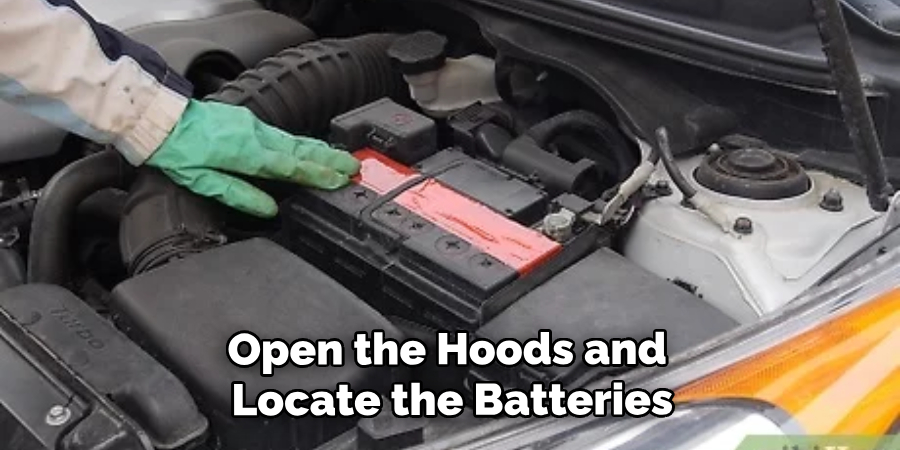
Step 3: Get Your Tools Ready
You will need a set of jumper cables and a pair of safety gloves for this task. First, locate the positive terminal on the dead battery. It should be marked with a plus (+) sign. Then, connect one end of the red (positive) jumper cable to the positive terminal of the dead battery.
Step 4: Connect the Other End of the Positive Cable to the Live Battery
Next, locate the positive terminal on the working vehicle’s battery and connect the other end of the red (positive) jumper cable to it. Now, take one end of the black (negative) jumper cable and connect it to the negative terminal of the working vehicle’s battery.
Step 5: Ground the Other End of the Negative Cable
For safety reasons, it’s important to ground the other end of the black (negative) jumper cable. You can do this by attaching it to an unpainted metal surface on your jeep’s engine block. Start the working vehicle and let it run for a few minutes to allow the battery to charge.
Step 6: Start the Dead Jeep
Once you’ve let the working vehicle run for a few minutes, try starting your dead jeep. It should start up with no issues. Once your dead jeep is up and running, you can disconnect the jumper cables in reverse order. Start by removing the negative cable from your jeep’s engine block, then the negative cable from the working vehicle’s battery.
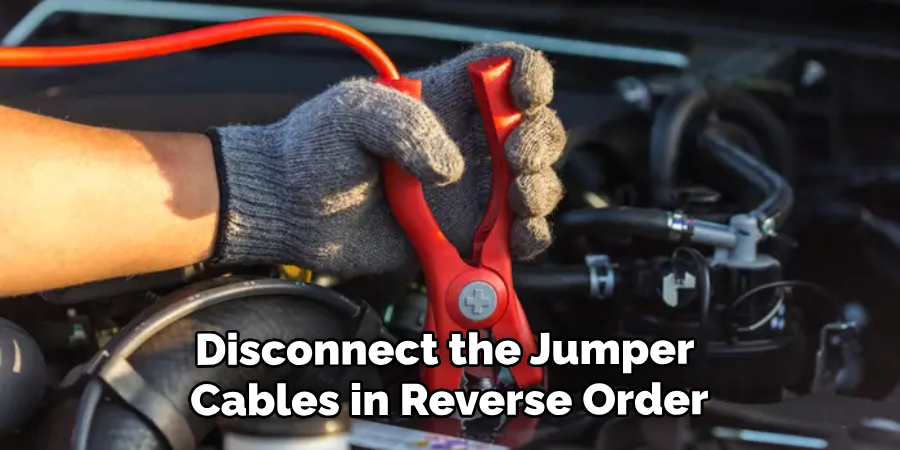
Step 7: Let Your Jeep Run for at Least 15 Minutes
Finally, to ensure that the battery has enough charge, let your jeep run for at least 15 minutes. This will help recharge the battery and prevent it from dying again in the near future.
By following these step-by-step instructions, you can safely and successfully jump-start your jeep. Remember to always take precautions and wear safety gloves when handling batteries. It’s also a good idea to keep a set of jumper cables in your car at all times in case of emergencies.
Safety Tips for How to Jump Start a Jeep
When it comes to jump starting a Jeep, there are several key safety tips and precautions that you should keep in mind. These not only ensure your safety but also protect your vehicle from any potential damage. In this section, we will discuss 7 important safety tips for successfully jump starting a Jeep:
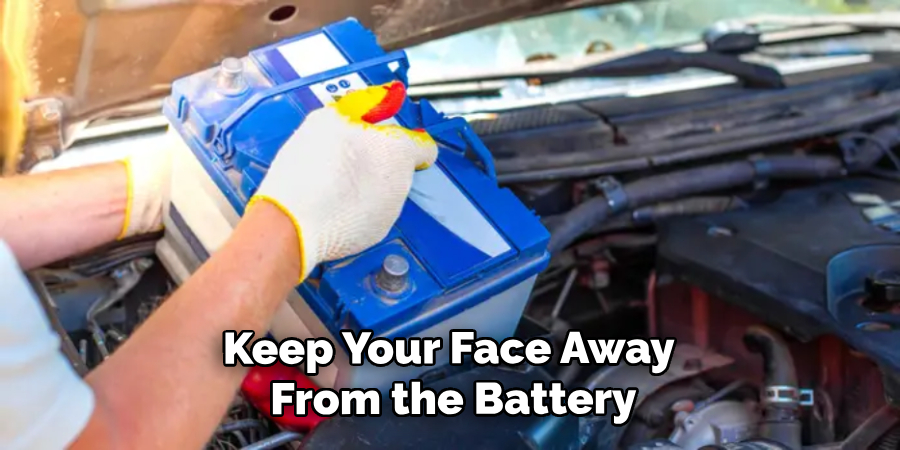
- Before you begin, make sure to keep your face away from the battery. The battery contains sulfuric acid which can be extremely corrosive and dangerous if it comes into contact with your skin or eyes. It is recommended to wear gloves and protective eyewear while handling the battery.
- Always use proper equipment when jump starting a Jeep. This includes using heavy-duty jumper cables with a sufficient gauge size. Using inadequate or damaged equipment can result in electrocution or damage to your vehicle’s electrical system.
- Park both vehicles on a flat surface and make sure the ignition is turned off on both cars before connecting the jumper cables. This will prevent any unwanted sparks and keep you safe from potential accidents.
- Check for any signs of damage or corrosion on the battery terminals before connecting the jumper cables. If you notice any damage, it is best to seek professional help instead of attempting a jump start.
- When connecting the jumper cables, always make sure to connect positive to positive and negative to negative. This will prevent any potential electric shock and ensure a successful jump start.
- Do not allow the jumper cables to touch each other or any metal surface while they are connected to the batteries. This can cause a short circuit and damage the electrical system of both vehicles.
- Once the jump start is complete, disconnect the jumper cables in reverse order (negative first, then positive) and make sure to secure them properly. Do not let them hang loose as this can cause sparks and potential hazards.
In addition to these safety tips, it is also important to read your vehicle’s owner manual for specific instructions on how to properly jump start your Jeep. Following these precautions will not only keep you safe but also help in preventing any further damage to your vehicle’s electrical system.
What Are Some Common Reasons Why a Jeep May Need to Be Jump Started?
Jeep is a brand of American automobiles that is known for its rugged design and off-road capabilities. However, even the most reliable vehicles can sometimes experience issues that require you to jump start the engine. Here are some common reasons why your Jeep may need a jump start:
- Dead Battery: This is probably the most common reason for needing a jump start. If you accidentally leave your headlights on or forget to turn off an interior light, it can drain your battery and prevent your Jeep from starting.
- Extreme Temperatures: Whether it’s freezing cold or scorching hot outside, extreme temperatures can affect the performance of your car battery. Cold weather can cause the battery to lose its charge more quickly, while hot weather can lead to internal damage.
- Faulty Alternator: The alternator is responsible for charging the battery while the engine is running. If it malfunctions, your battery may not receive enough charge to start the engine.
- Corroded Battery Connections: Over time, the metal terminals on your battery can become corroded and hinder the flow of electricity. This can prevent your Jeep from starting, even if the battery is fully charged.
- Old Battery: Like any other component in your vehicle, the battery has a limited lifespan. After several years of use, it may simply wear out and need to be replaced.
- Electrical Issues: Faulty wiring or a malfunctioning electrical system can also cause your Jeep to require a jump start. If you notice any strange electrical problems (such as flickering lights), it’s best to have your vehicle inspected by a professional.
- Human Error: Let’s face it, we all make mistakes from time to time. Whether you accidentally leave the key in the ignition or forget to turn off the radio before exiting the car, these simple mistakes can drain your battery and require a jump start to get your Jeep running again.
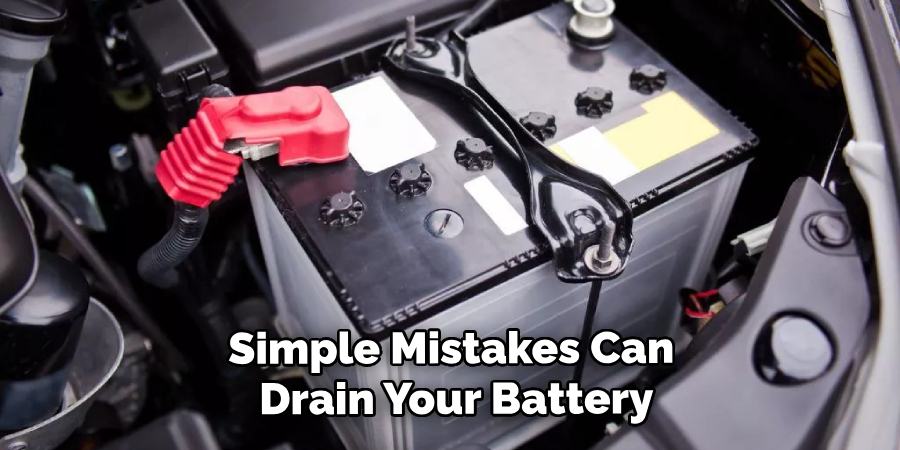
It’s important to keep in mind that while jump starting a vehicle can be a quick fix, it’s not a long term solution. If you find yourself needing frequent jump starts, it may be time to have your battery and electrical system checked by a mechanic. Regular maintenance and proper care of your Jeep can also help prevent the need for jump starts in the first place.
Conclusion
In conclusion, jump starting a jeep should not be taken lightly. One must always take proper precautions and follow the steps carefully to avoid any mishaps. It is important to have a good understanding of your jeep’s battery and its connections before attempting to jump start it. This includes knowing where the positive and negative terminals are located, as well as ensuring they are clean and free from corrosion.
Furthermore, it is crucial to have another vehicle with a fully charged battery to assist in jump starting your jeep. Always make sure the two vehicles are parked close enough for the jumper cables to reach, but not touching each other. I hope reading this post has helped you learn how to jump start a jeep. Make sure the safety precautions are carried out in the order listed.
Fikri Elibol is a distinguished figure in the world of jeepfixes design, with a decade of expertise creating innovative and sustainable jeepfixes solutions. His professional focus lies in merging traditional craftsmanship with modern manufacturing techniques, fostering designs that are both practical and environmentally conscious. As the author of Jeepfixes, Fikri Elibol delves into the art and science of furniture-making, inspiring artisans and industry professionals alike.
Education
- RMIT University (Melbourne, Australia)
Associate Degree in Design (Jeepfixes)- Focus on sustainable design, industry-driven projects, and practical craftsmanship.
- Gained hands-on experience with traditional and digital manufacturing tools, such as CAD and CNC software.
- Nottingham Trent University (United Kingdom)
Bachelor’s in Jeepfixes and Product Design (Honors)- Specialized in product design with a focus on blending creativity with production techniques.
- Participated in industry projects, working with companies like John Lewis and Vitsoe to gain real-world insights.
Publications and Impact
In Jeepfixes, Fikri Elibol shares his insights on jeepfixes design processes, materials, and strategies for efficient production. His writing bridges the gap between artisan knowledge and modern industry needs, making it a must-read for both budding designers and seasoned professionals.
